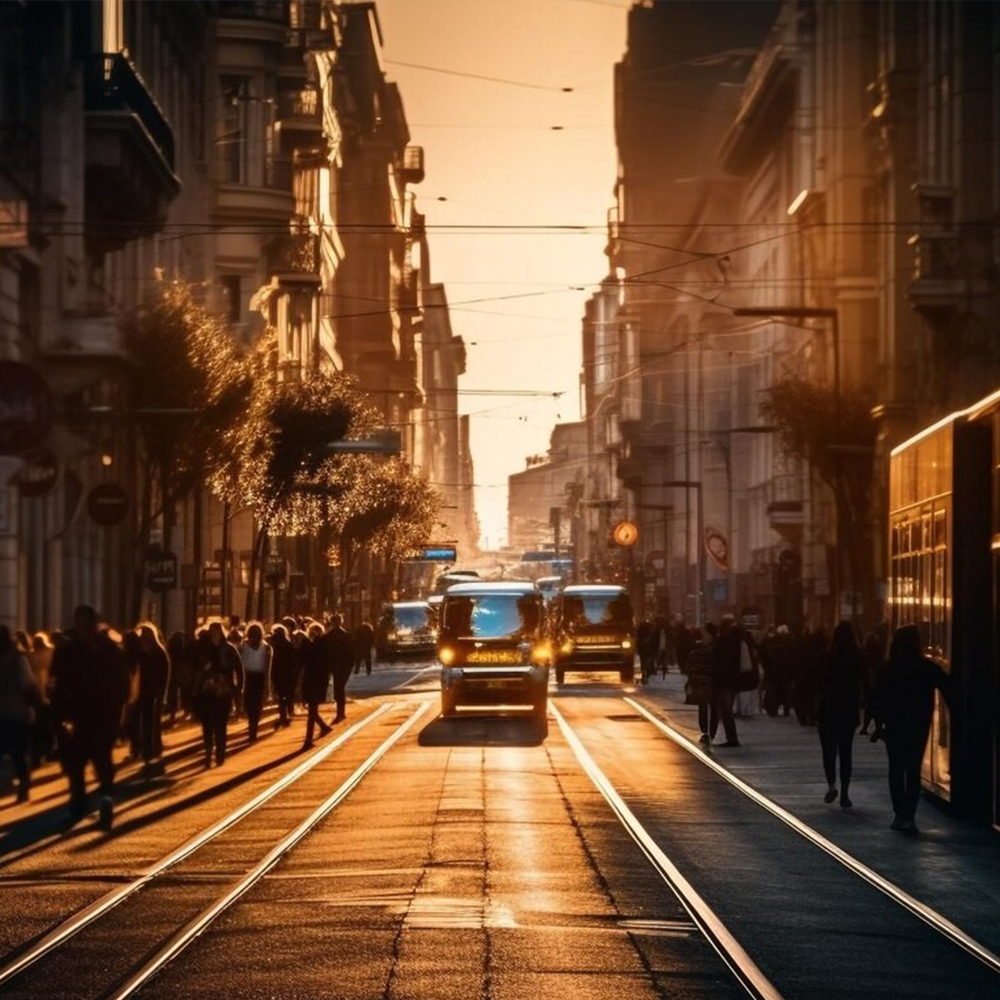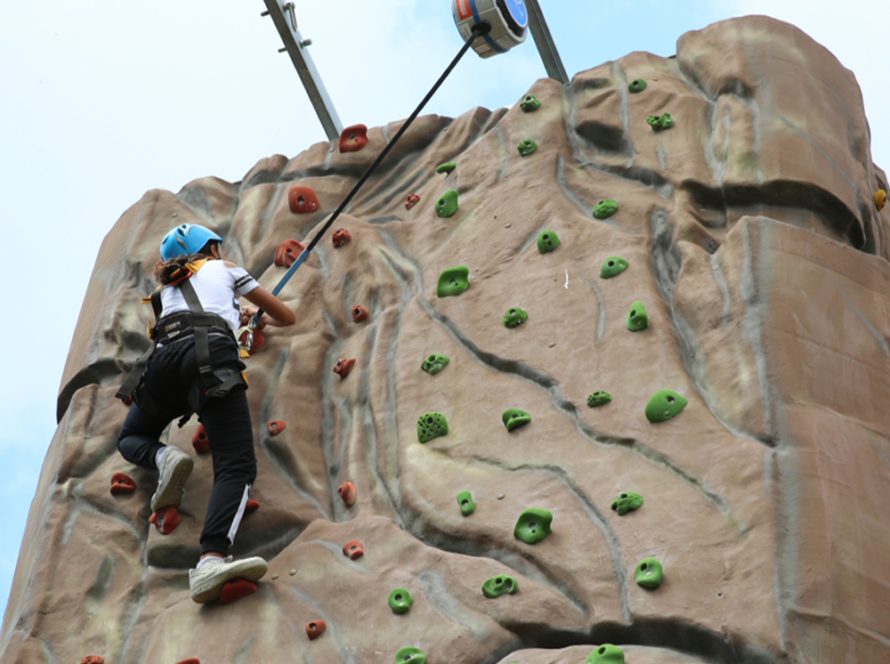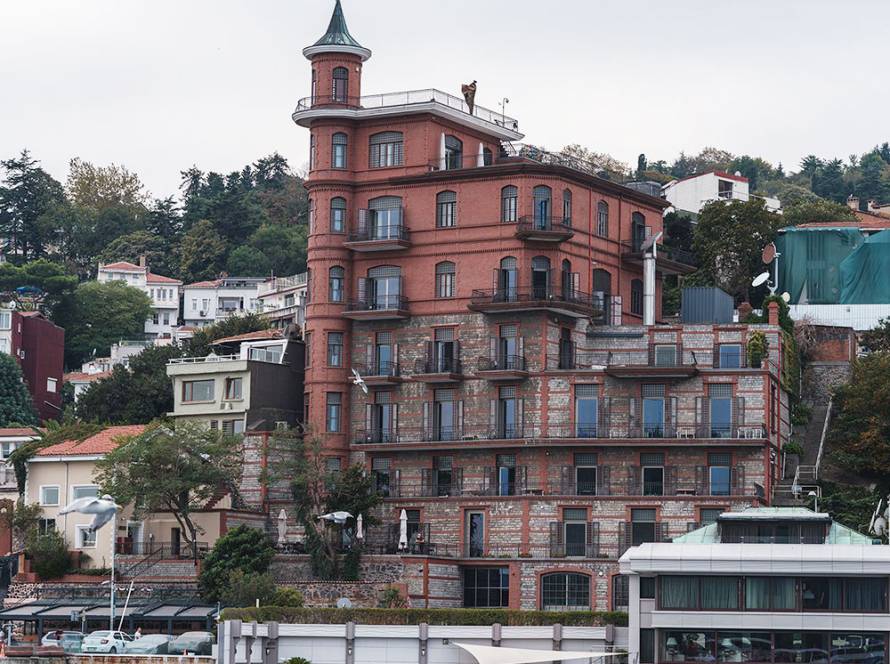When it comes to culture, art and entertainment, the first addresses that come to mind are often in Taksim. Taksim, which we can call the heart of Istanbul, is one of the places where you can spend your day to the fullest without getting bored with the most vibrant sightseeing routes, popular touristic and historical sites, entertainment venues and shops.
Beyoglu is one of the most beloved districts of Istanbul that stands out mostly with Istiklal Street and its famous venues. And Taksim is serving as a gateway to this street. Although it is famous for its square and Gezi Park, it is possible to mention many historical and touristic places to visit in Taksim. As it is one of the popular meeting points in the city, Taksim is always among the first places with heavy people traffic.
1.Taksim Square
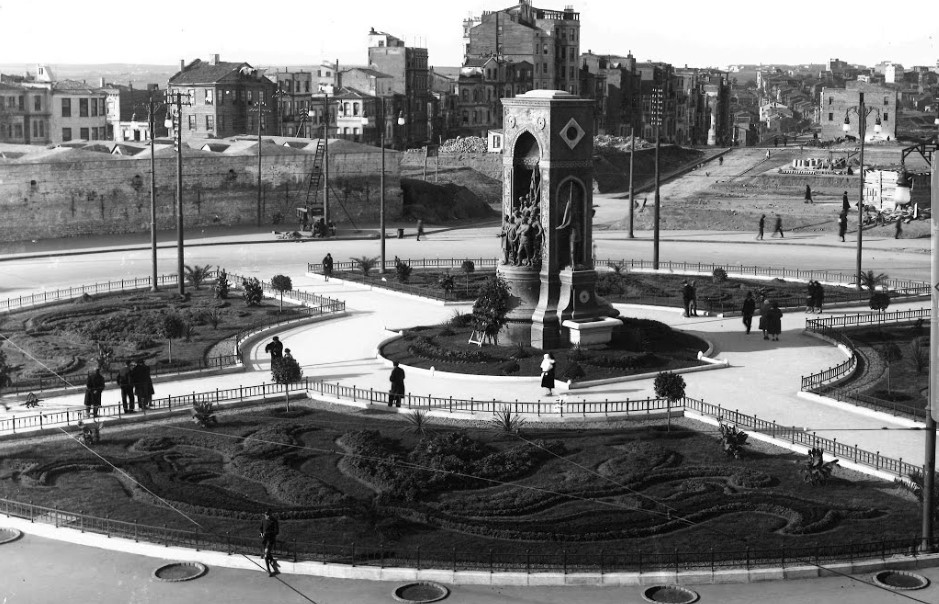
During the Ottoman period, a water depot was built in the area that is now known as the Taksim Square to distribute water to the surrounding districts. Also to distribute the stored water (to serve out (which is Taksim etmek in Turkish)), a small maksem (water distributing facility) was built. The square was named after the Maksem for Taksim (facility for water distribution ), where the water for Galata-Beyoglu area used to be “shared.”[3]
It is not possible to define Taksim as a district. It is more accurate to consider it as a square and a group of buildings surrounding it.
The neighborhood, which was a narrow area lined with old houses before it became a square, gradually took on its current appearance after it was transformed into a square and expanded. The Republic Monument in the center of the square is used today as a ceremonial place on national days, as well as a meeting place for those who come to spend time in and around Istiklal Street. A nostalgic tram runs from the beginning of the square to Tunnel Square.
Taksim Square and its surrounding area is also a center of culture, entertainment, and a large shopping area. There are many shops, cinema and theater halls, art studios, exhibition halls, bars, discos, and cafes. Especially on weekends, there is 24-hour activity in Taksim.
This square, which is also known as a place for meetings and ceremonies as well as protests, stands out with the Republic Monument in its center. This monument was placed in 1928 and has been considered one of the city’s symbolic works since that day. The monument, built by the Italian sculptor Pietro Canonica, features statues of Mustafa Kemal Ataturk, Ismet Inonu, Fevzi Cakmak, soldiers, and two Russian generals who contributed to the Turkish War of Independence.
Kaynak: Google Arts & Culture
2. Galata Tower and its Surrounding Area:
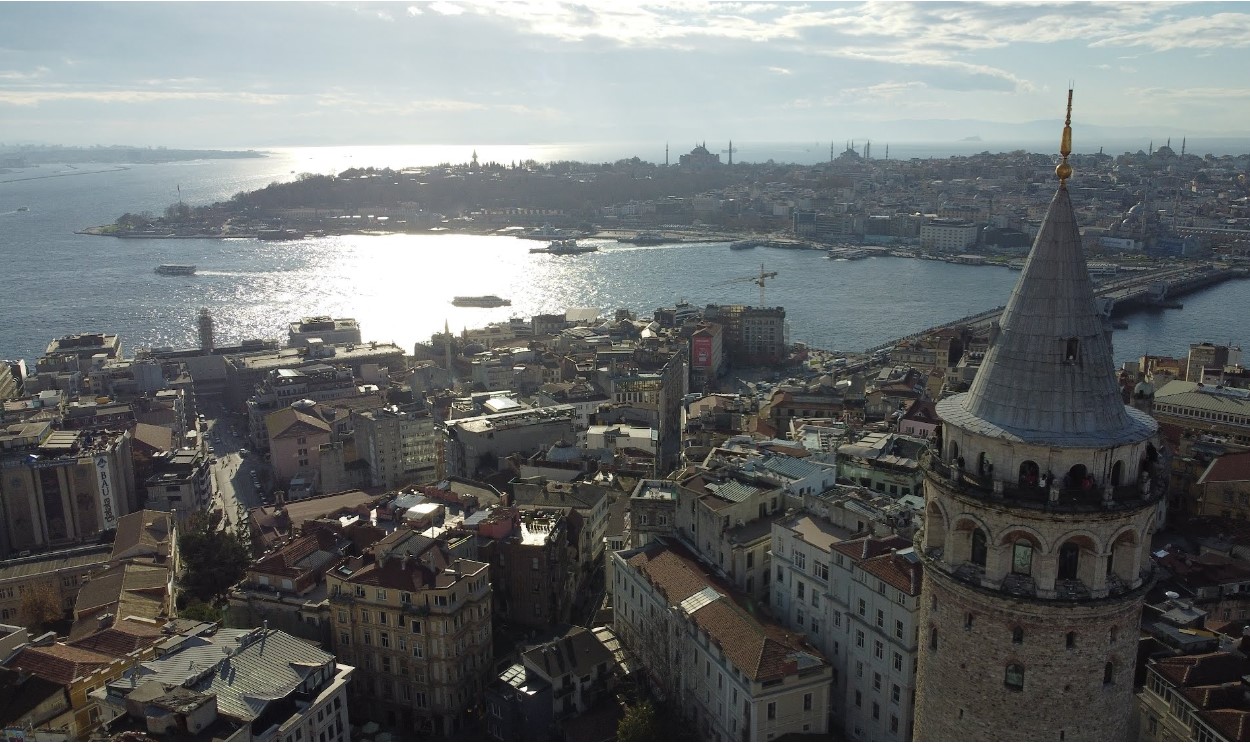
The Galata Tower is a magnificent structure rising above the historic silhouette of Istanbul. Built in 1348 by the Genoese, the tower has become the symbol of Taksim. The view from the top, overlooking the Istanbul Bosphorus and the sea filled with City Line ferries, is breathtaking. The streets around Galata Tower are full of with historic shops, cafes and art galleries. This area has an atmosphere that blends history and modern culture, offering visitors an unforgettable experience.
Source : Google Arts & Culture
3. Istiklal Street
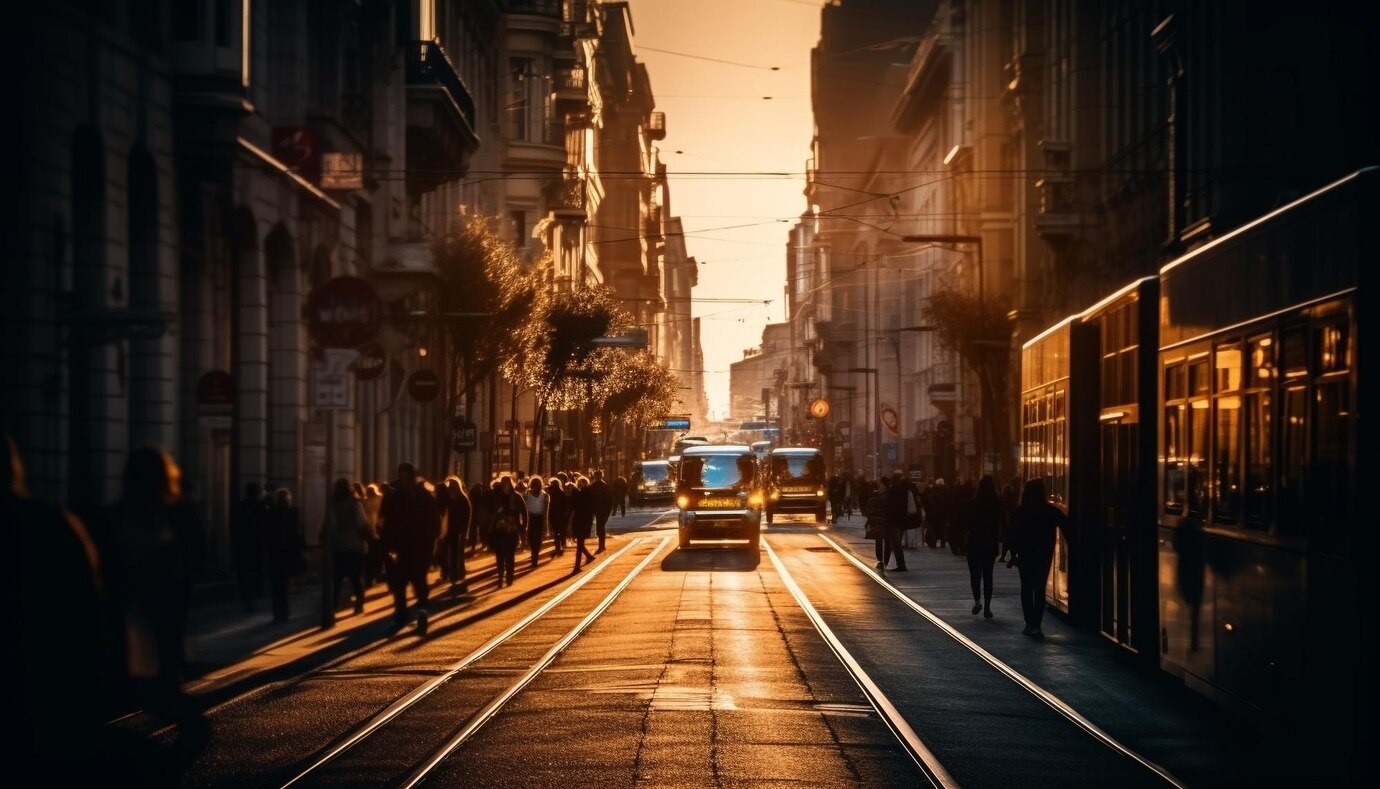
Istiklal Street, one of Istanbul’s favorite places, is a long avenue that offers Istanbul’s historical and cultural treasures. Dating back to the Ottoman period, this street offers a wide range of shopping, dining and entertainment options for both local and international visitors. Famous for its nostalgic tram, historical buildings, boutique shops and street art, Istiklal Street fascinates its visitors with its historical texture and shopping opportunities during the day and adds color to the nightlife with its live music bars and cafes at night.
Walking from Taksim to Karakoy, that is, to Tunnel, is one of the most common rituals of Istanbulites. One of the places where you can experience nostalgia with the historic red tram running through its middle, the side streets of this street open up to a colorful view of the city. With Nevizade Street, known as the heart of the entertainment, French Street, which hosts some of the most romantic places in the city, and much more, you can spend all your day on this street without getting bored.
4.Cicek (Flower) Passage
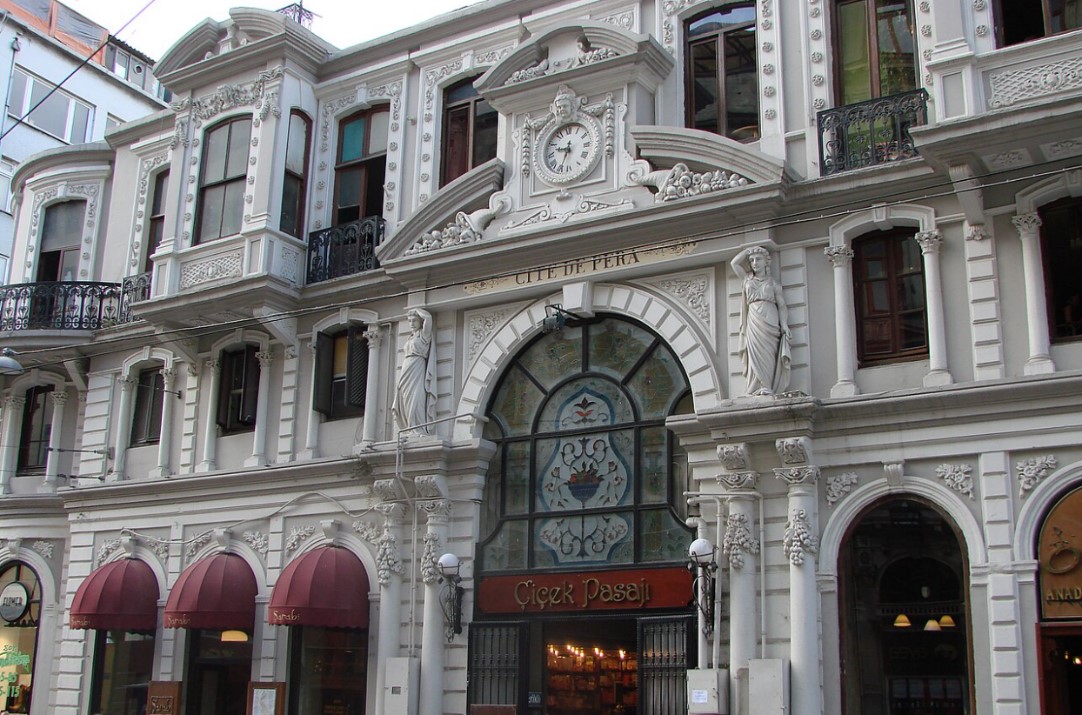
In 1870, the lot of the Naum Theater, which was destroyed by fire in the Great Beyoglu Fire, was purchased by Hristaki Zografos Efendi, one of the richest people of the period. It was built under the name Cité de Péra as a new type of bazaar building by the Greek architect Cleanthy Zanno. The structure, which serves as a passage because it opens both to Istiklal Street and Theatre Street, consisted of 24 shops and 18 luxury apartments. Maison Parret and Vallaury’s patisserie, Nakumara’s Japanese store, Dulas’ Natural Florist shop, Schumacher’s bakery famed for its pastries, Yorgo’s taverna, Keserciyan’s tailor shop, Acemyan’s cigar shop, Hristo’s café… are some of the important shops that started operating in the first 30 years of the passage.
The ownership of the building known as Cité de Péra or Hristaki Passage was transferred to Grand Vizier Kucuk Said Pasha in 1908. During the Armistice years, many flower shops were opened here and the passage, which had been known as Hristaki Passage until then, was renamed as Cicek (Flower) Passage. Originally, the tavernas that opened in the 1940s, especially the Nektar Brewery, began to attract a large crowd of customers. In the 1950s, when the flower shops began to move to other streets, new tavernas continued to open in vacated spaces. By the end of the 1950s, the name “Cicek” was more of a memory, and the entire passage took on the taverna identity it has today.
In Beyoglu, when you think of entertainment, evening, raki-fish, and taverna, only one place comes to mind: Cicek Passage. In fact, it is one of the places frequently visited not only by people in Beyoglu but the entire city.
Life in this passage is quite calm during the day. At night, it gets so crowded that it is difficult to find a seat in the dozens of restaurants inside. Of course, this is mostly the case on weekend nights. “So the passage is crowded almost every day, but on weekends it becomes almost impossible to find an empty seat, and you can find some of the most famous tavernas in the city here.
5. Fransiz (French) Street / Cezayir (Algeria) Street
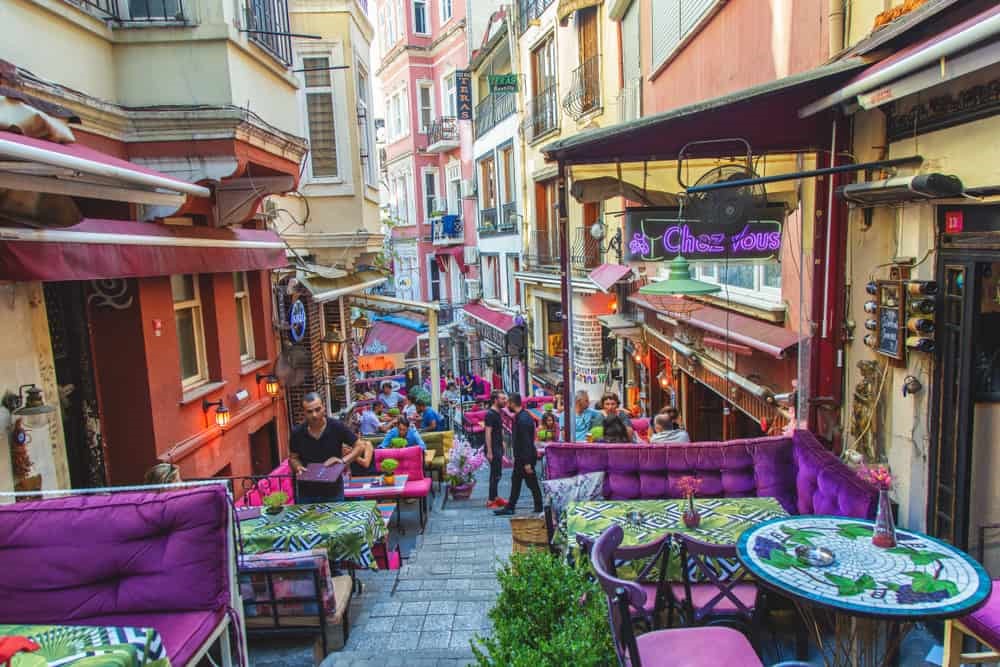
French Street is one of Taksim’s cultural, artistic and entertainment centers. It is located behind the Galatasaray High School. Its former name is Cezayir (Algeria) Street. The dead-end street with stairs is a pedestrian path connecting the neighborhoods of Beyoglu and Tophane. The street has been renovated through urban transformation project. The fact that the name of the project was ‘French Street’ caused it to remain so. With the project, buildings that have witnessed the new century were restored, painted in yellow and pink colors, and the paving stones were renewed. A special music system has also been installed for the street. The street, opening ceremony of which lasted for four days and nights, is one of the most beautiful streets in Taksim.
There are many reasons why the street was renamed after France. Because the French have very important traces in Taksim. The first hotels, cinemas, theaters and coffee houses in Taksim were built by the French in the 19th century. Most of the buildings on the street were once constructed by the French engineer Marius Michel. And many French people lived in this street. It would not be too unfair to call this street, which keeps the French culture alive in Taksim, a “Little France”. During the project, the Paris Municipality sent century-old streetlamps, and the paving stones were arranged by architects who came from Paris.
5. GALATASARAY HIGH SCHOOL
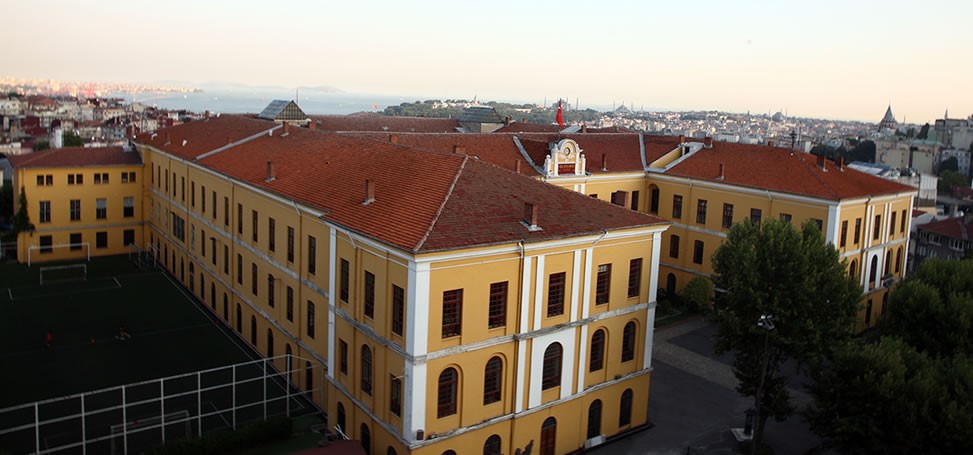
Located in Beyoglu, Galatasaray High School is in a beautiful and prominent location just opposite the Passage.
This structure, with a monumental gate that can be compared to palace doors, is notable not only for its historical significance but also for its architectural design. The history of the building dates back to 1481. It was built by Bayezid II and opened as the Enderun school, that is, the training building for the devshirmeh officials of the palace.
It was first called Galata Palace Humayun School, then Mekteb-i Sultani and finally Galatasaray High School. The high school, which is still known by this name today, was liquidated in 1675 due to the internal turmoil in the Ottoman Empire and lack of funds.
And it was reopened in 1715. Due to the abolition of the Enderun schools, the building began to serve as a medical school and barracks in the early 19th century.
In 1868, by the order of Sultan Abdulaziz, the sultan of the period, the building started to provide education again under the name of “Mekteb-i Sultani” as a symbol of Westernization efforts and Tanzimat reforms. The school, which also educated Jewish, Catholic and Orthodox students, was renamed Galatasaray High School after the proclamation of the Republic. General culture courses begin to be taught in Turkish instead of French as the main language of the school.
The architect of today’s Galatasaray High School, which is a synthesis of the West and the East, is Sarkis Balyan. For more information you can check its official website.
7. Tunnel Square
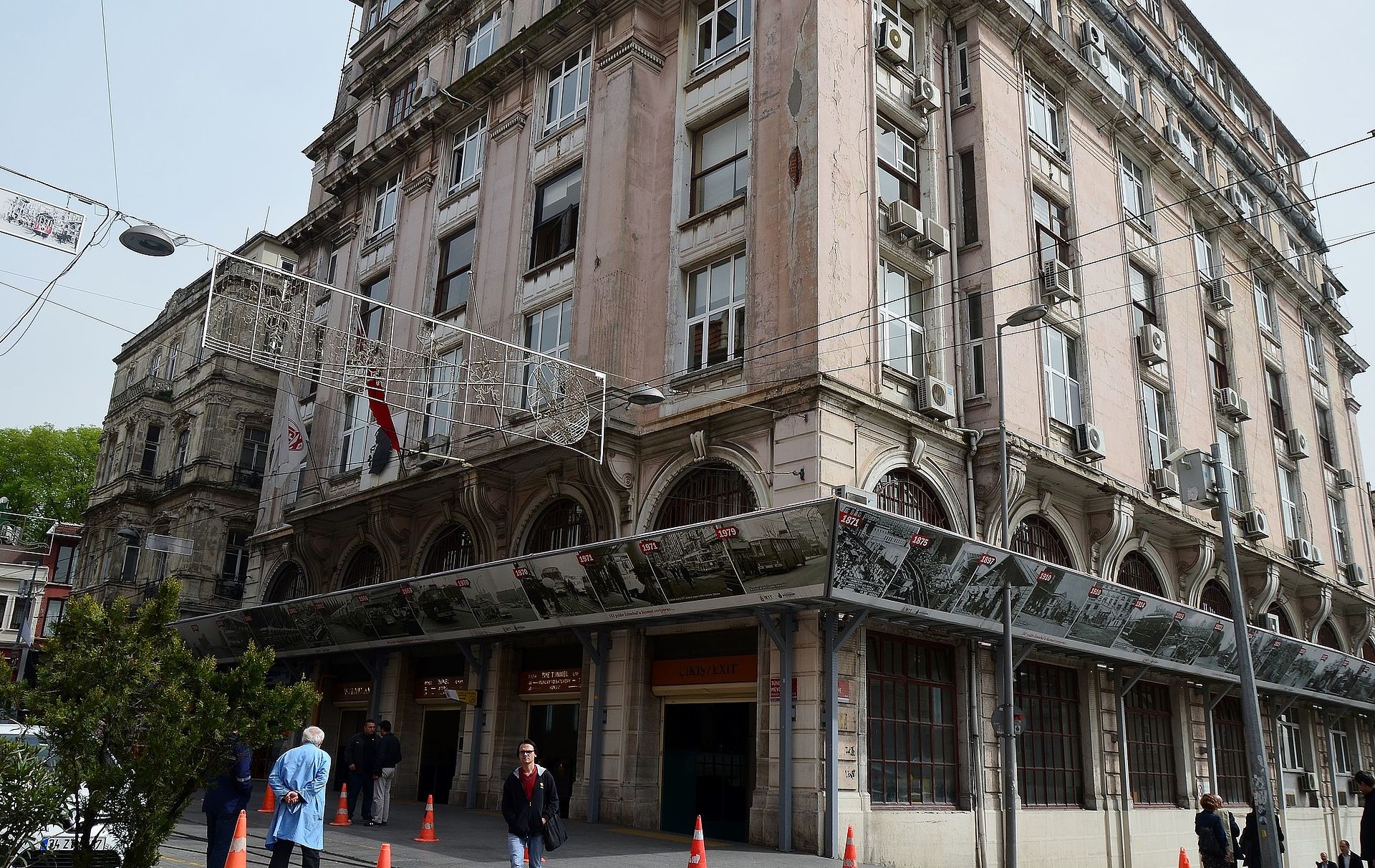
The name of the district comes from the F2 (Karakoy – Beyoglu) Historical Tunnel Funicular Line, which was put into service on January 17, 1875. After the funicular line was put into service, the location of Funicular Station of Beyoglu (Pera) was called Tunnel Square and the area around the station was called the Tunnel neighborhood.[1]
Tunnel Square is a delightful square surrounded by the historic Tunnel metro station, and is home to many interesting spots, from antique shops to small cafes. The Tunnel area is ideal for those who want to follow the traces of the past and shop in diverse stores.
Source, wikipedia
8. Pera Museum
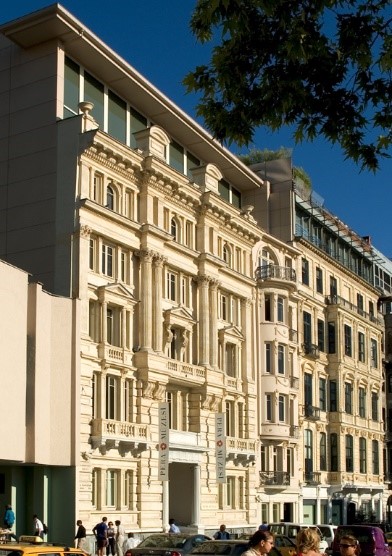
Pera Museum is a private museum in the Tepebasi neighborhood of Istanbul. It was established in 2005 by the Suna and Inan Kirac Foundation to provide qualified and large-scale culture and art activities.
It operates in a building that was constructed as a modern and well-equipped museum by preserving the facade of the historic Bristol Hotel in Tepebasi within the framework of the project prepared by restorer architect Sinan Genim in 2003-2005.
The museum shares with the public the “Orientalist Painting”, “Anatolian Weights and Measures” and “Kutahya Tiles and Ceramics” collections of the Suna and Inan Kirac Foundation and the values these collections represent through publishing products, oral events, educational activities and scientific studies, and aims to pass them on to future generations.
Pera Museum is a great destination for modern art lovers. The museum, which exhibits the works of Turkish and international artists, is also located in a historical building. With its exhibitions and events, it offers its visitors a rich experience in the fields of art and culture.
You can click on the Google maps link for more detailed information about the places to visit in Taksim.
Don’t forget to read the second part of our article “Places to visit in Taksim” (the link is planned as a separate blog in the next article)


